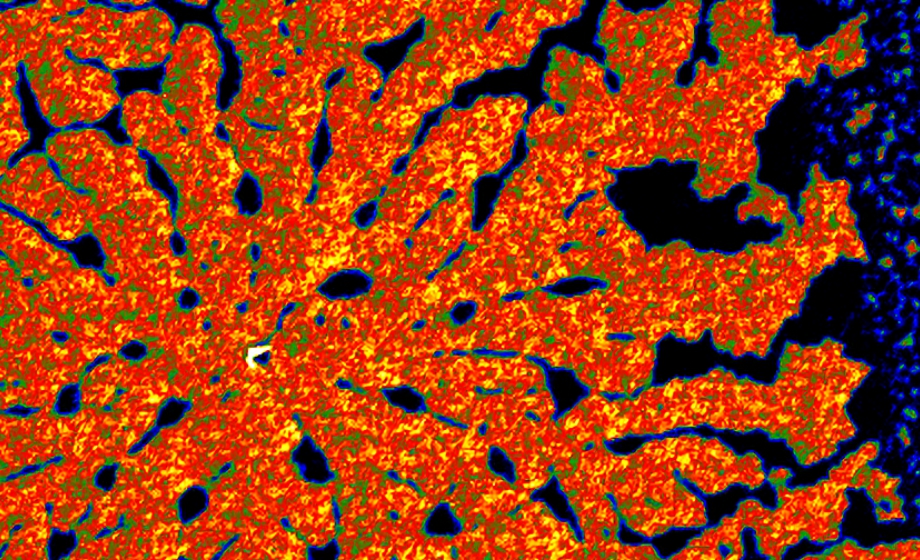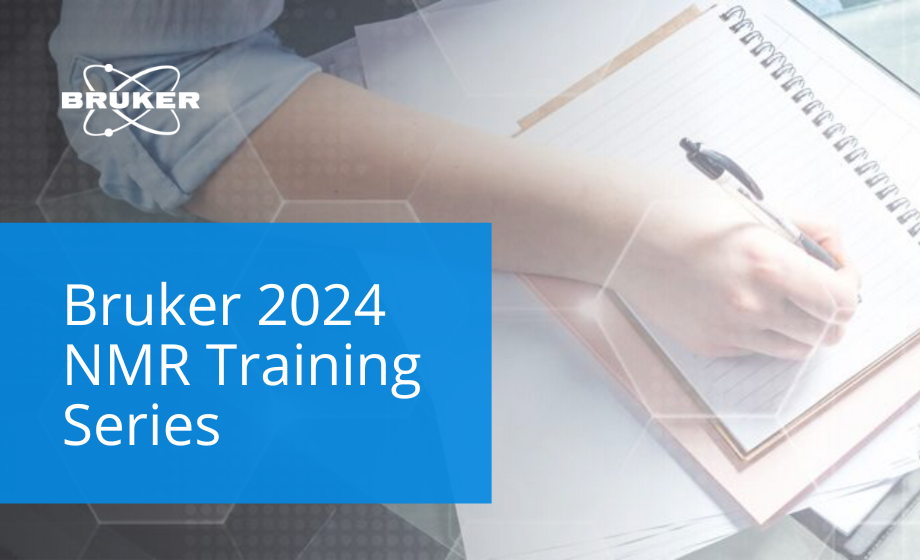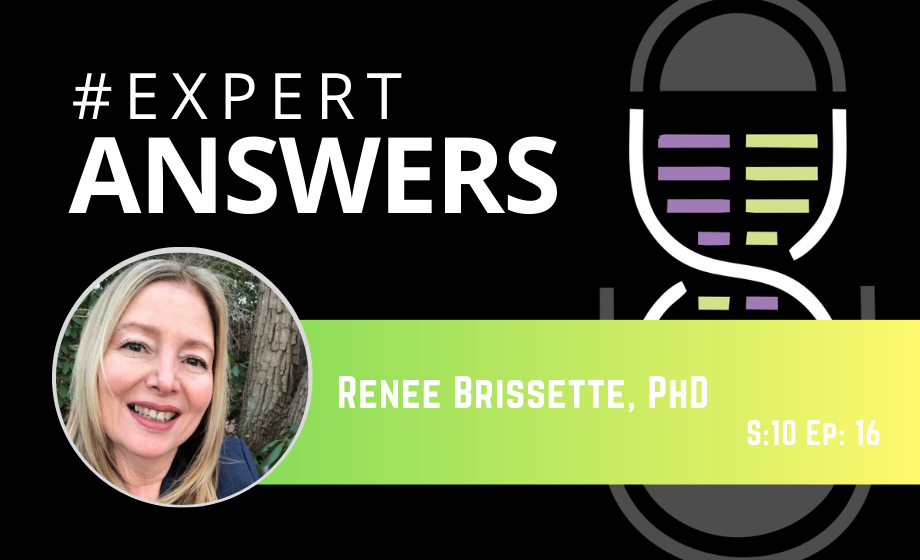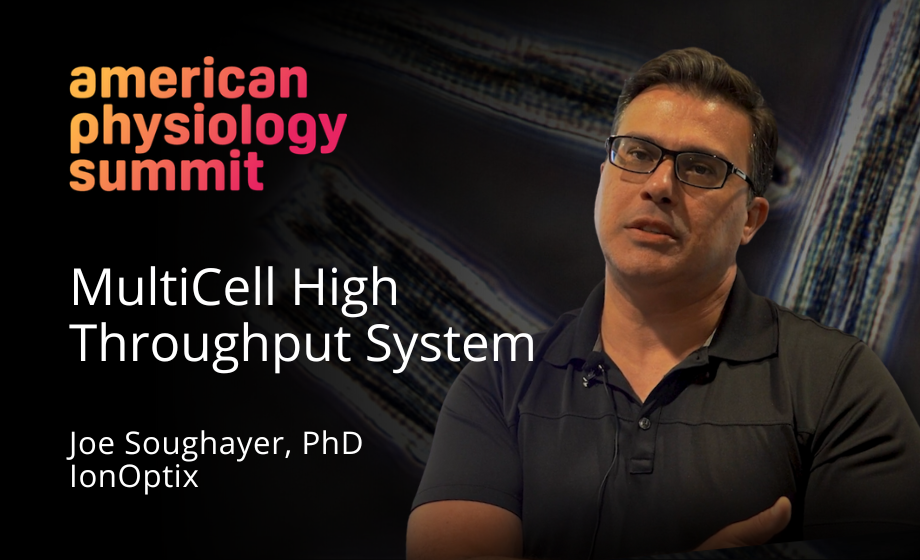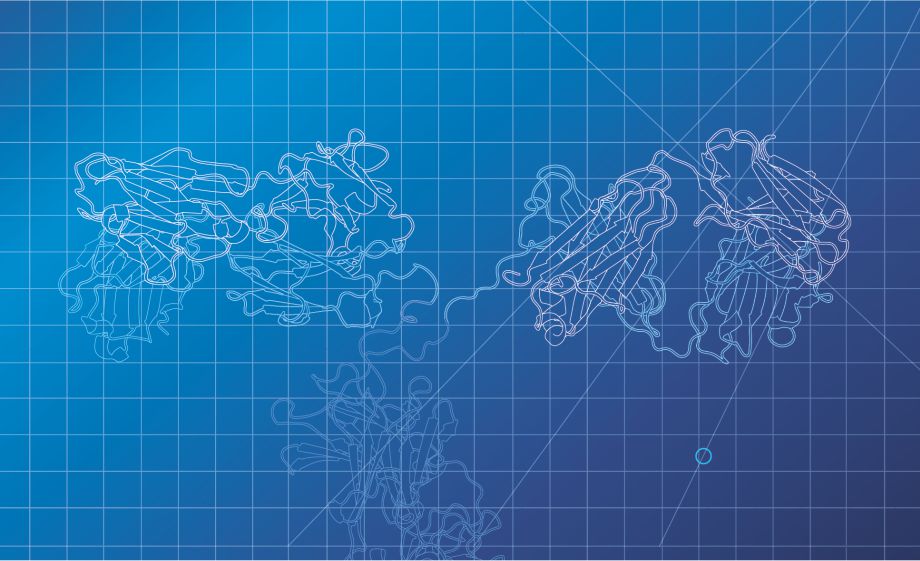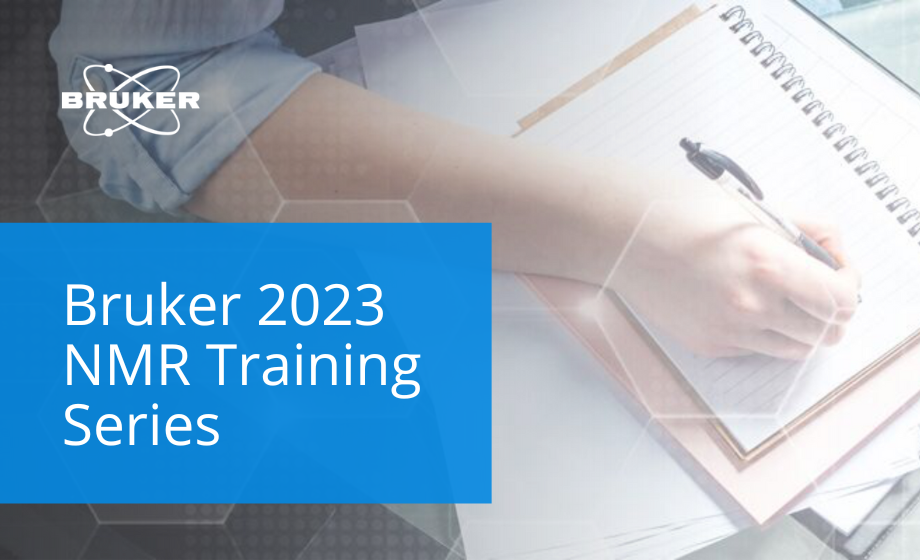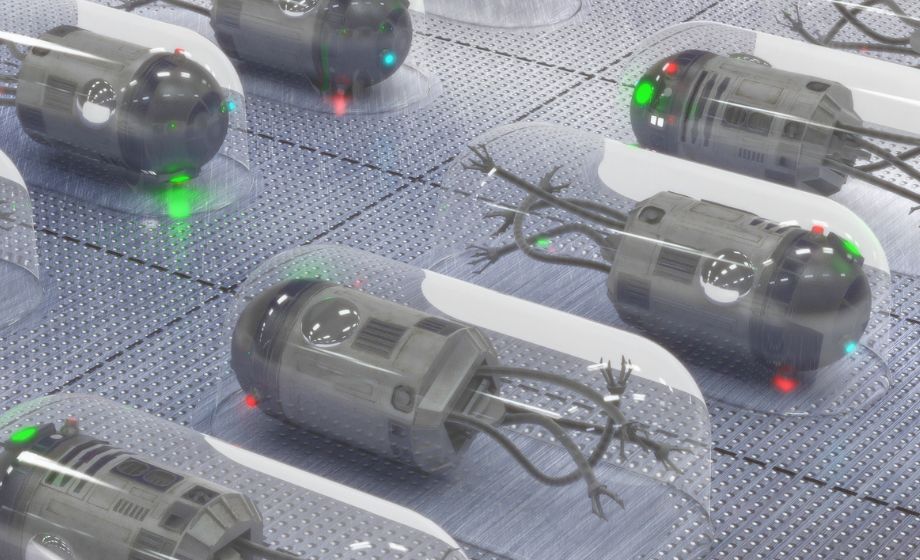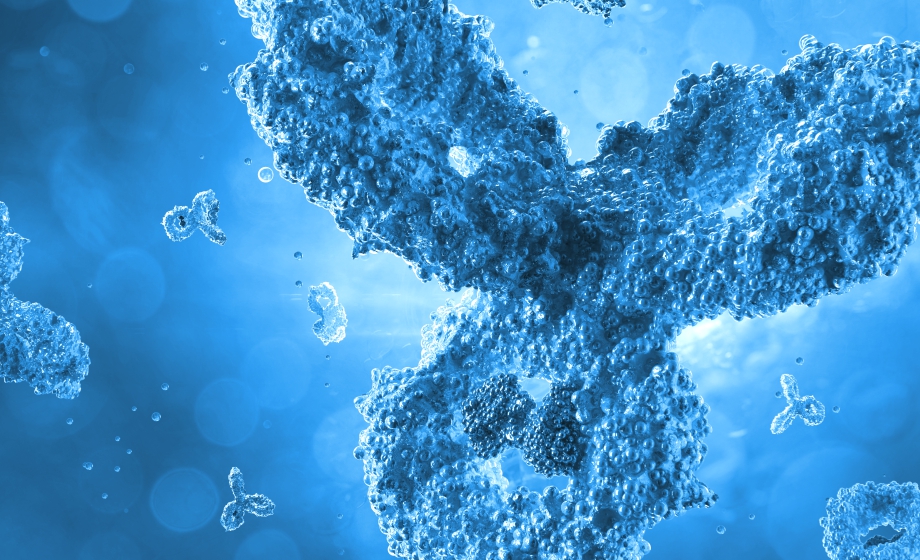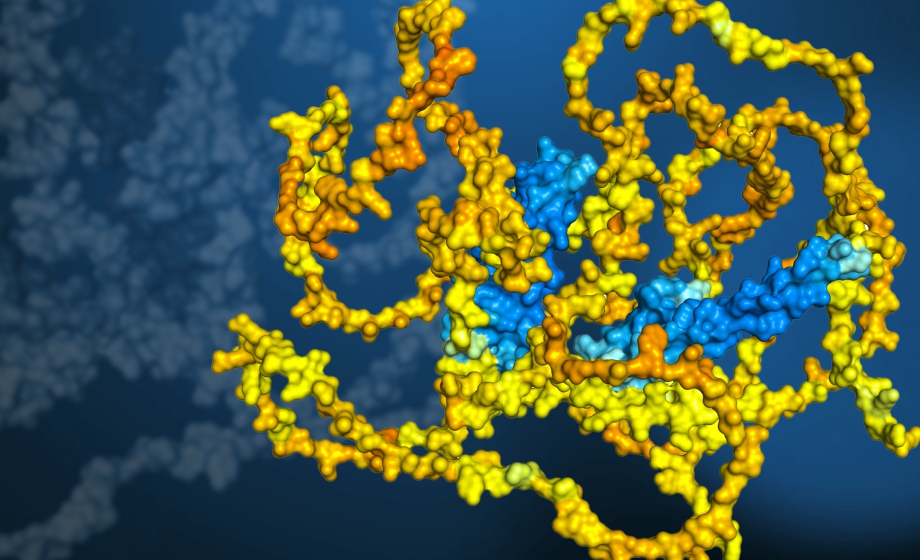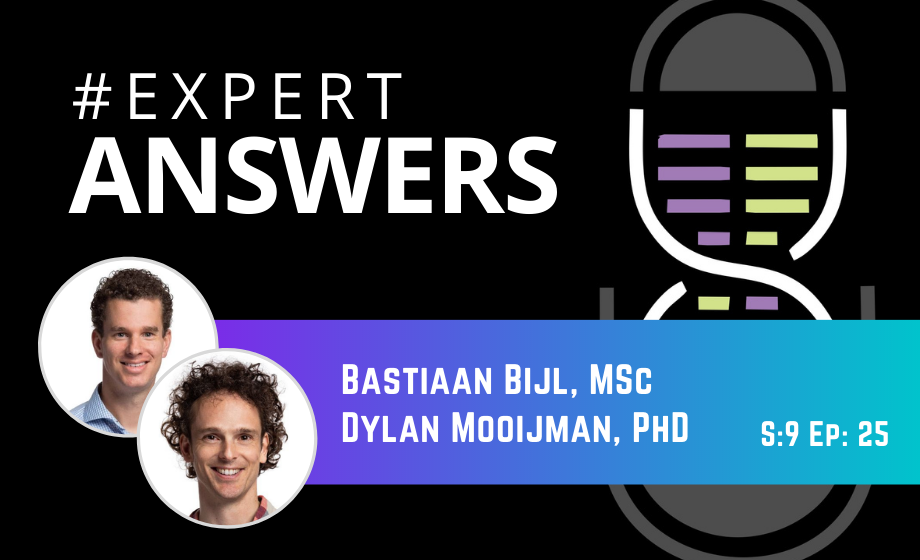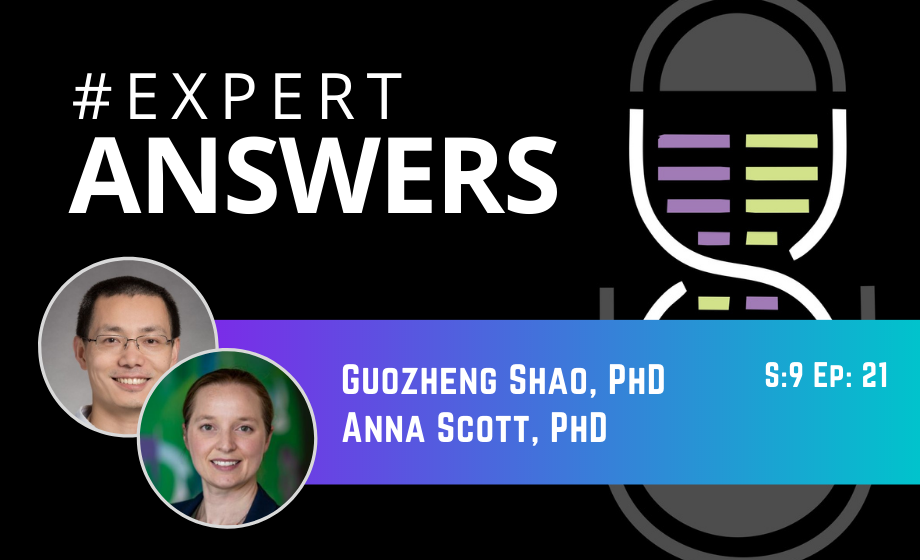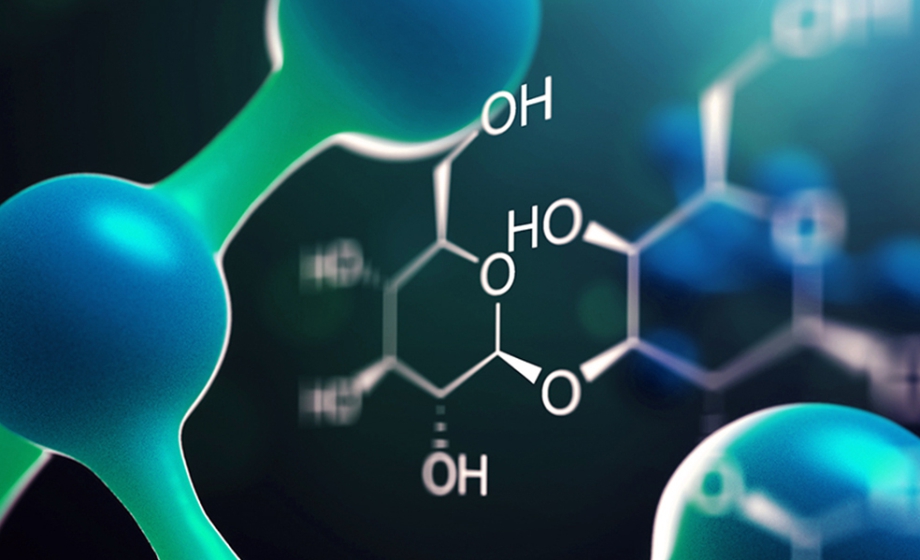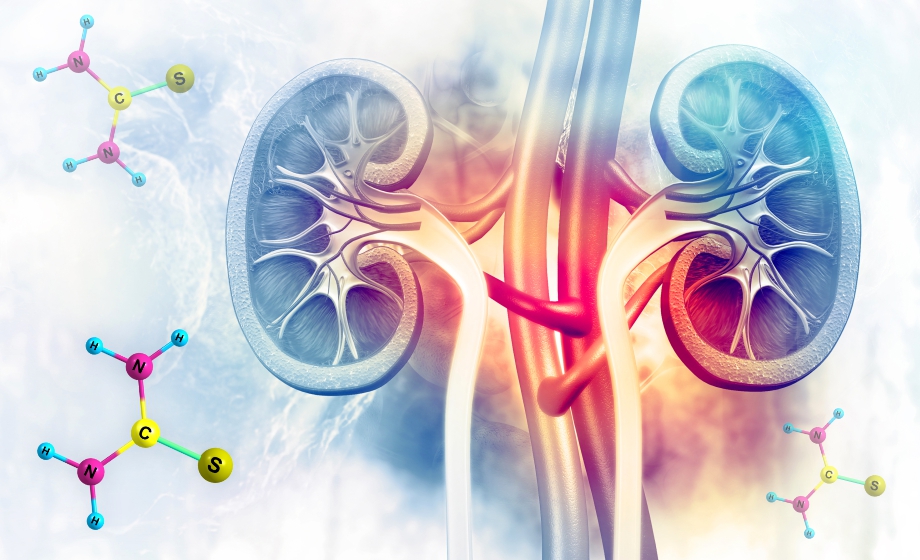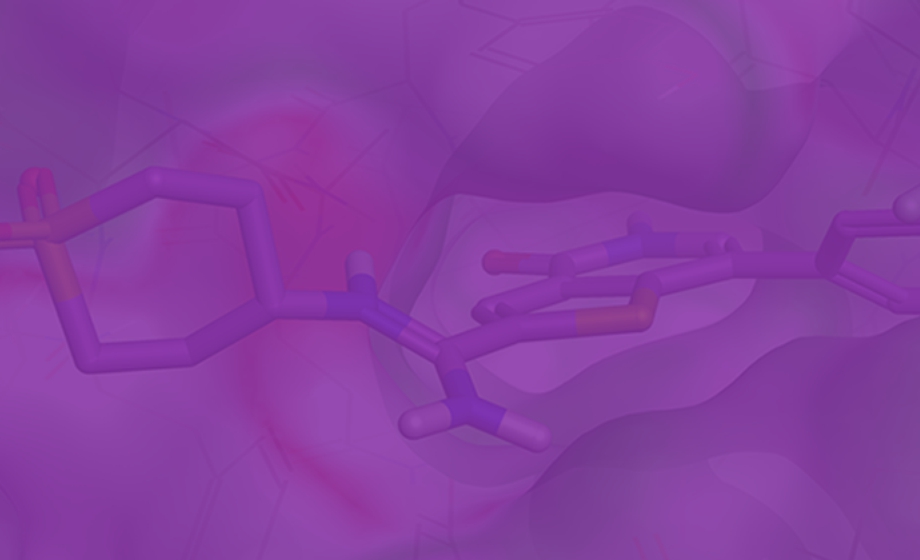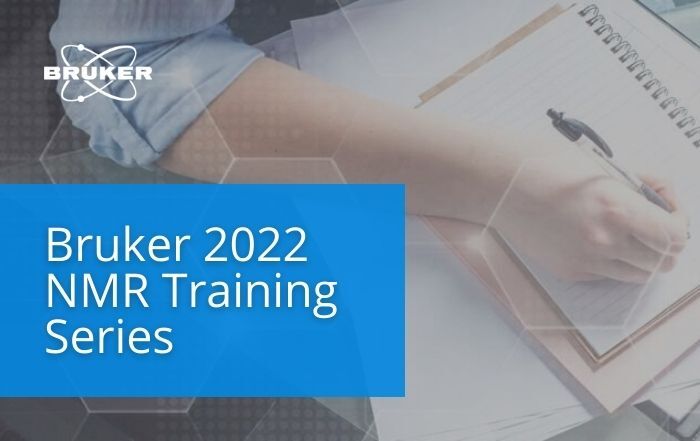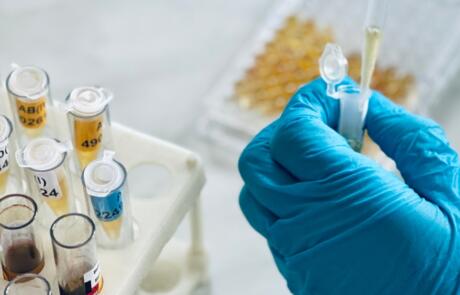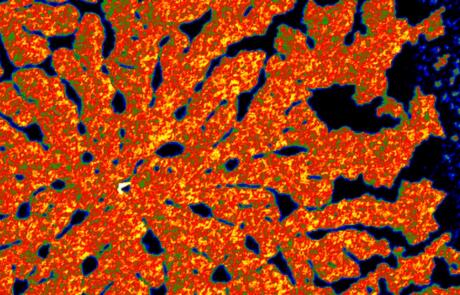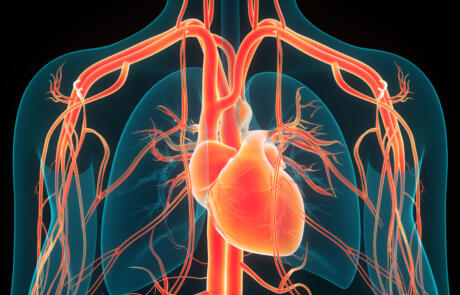Mapping Heterogeneous Interfaces Using Single-Entity Electrochemical Microspectroscopy
Dr. Venky Prabhakaran describes the development of scanning electrochemical microspectroscopy and its application to characterize heterogeneous electrified interfaces.
Essential Bruker NMR Trainings 2024
Join Bruker experts online for 1 hour every month in this essential training program designed for NMR Scientists.
#ExpertAnswers: Jack Vanden Heuvel on Using Cell-Based Bioassays and Effect-Based Methods for Water Quality Assessment
Dr. Jack Vanden Heuvel answers questions from a recent webinar on the use of cell-based bioassays and effect-based methods for water quality assessment.
#ExpertAnswers: Renee Brissette, PhD on Custom Antibody Generation
Dr. Renee Brissette from Bio-Rad answers questions from a recent webinar highlighting Bio-Rad's bioanalytical services.
Molecule Transport across Cell Membranes: Electrochemical Quantification at the Microscale
In this Q&A, Sabine Kuss, PhD describes applications and considerations of scanning electrochemical microscopy (SECM) in studying molecule transport across cell membranes.
Advancing Water Quality Monitoring: How to Easily Integrate Advanced Bioanalytical Techniques for Comprehensive Insights
Dr. Jack Vanden Heuvel discusses how integrating cell-based bioassays and effect-based trigger values enhances water quality assessment beyond traditional methods.
Video Interview – IonOptix MultiCell Sytem
Joe Soughayer, Business Development Manager at IonOptix, discusses the MultiCell System, an advanced, fully-automated solution for identification and quantification of hundreds of myocytes per hour.
Fast-Forward Your Custom Antibody Generation With Four Bio-Rad Services
Discover how Bio-Rad's bioanalytical services and SpyTag-SpyCatcher technology can speed up custom antibody generation and improve assay flexibility for challenging targets.
Rethink Your Impurity Analysis Strategy
In this webinar, Dr. Ejvind Mørtz discusses the benefits and applications of mass spectrometry (MS)-based host cell protein (HCP) analysis and why HCP ELISAs are insufficient for documenting product-related impurities. Watch to learn where to apply the assay in a typical process and what you gain from deploying it to your workflow.
Essential Bruker NMR Trainings 2023
Join Bruker experts online for 1 hour every month in this essential training program designed for NMR Scientists.
A Novel Ingestible Biosensor for Intestinal Metabolite Monitoring
De la Paz et al. have developed an ingestible, self-powered, and wireless biosensing capsule that can hopefully be used for the noninvasive diagnosis of gastrointestinal disorders in the future. Recently published in Nature Communications, the authors demonstrated how its real-time performance in a porcine model, which we summarize in this post.
#ExpertAnswers: Ejvind Mørtz on Protein Analysis
Ejvind Mørtz discusses the benefits and applications of mass spectrometry (MS)-based host cell protein (HCP) analysis and why HCP ELISAs are insufficient for documenting product-related impurities.
Molecule Transport across Cell Membranes: Electrochemical Quantification at the Microscale
In this webinar, Dr. Sabine Kuss discusses the importance of transmembrane molecule exchange and how to detect and quantify membrane transport of molecules in cells.
Rethink your Impurity Analysis Strategy
In this webinar, Dr. Ejvind Mørtz discusses the benefits and applications of mass spectrometry (MS)-based host cell protein (HCP) analysis and why HCP ELISAs are insufficient for documenting product-related impurities. Watch to learn where to apply the assay in a typical process and what you gain from deploying it to your workflow.
Exploring Oligomerization and Stoichiometry of Protein Complexes with MALS: Case Studies from Phage-Bacteria Conflict
Experts discuss the utility of SEC-MALS in characterizing protein oligomerization and how it can complement protein structure determination and prediction tools.
#ExpertAnswers: Bastiaan Bijl and Dylan Mooijman on Single-Cell Sequencing
Bastiaan Bijl and Dylan Mooijman provide an introduction to single-cell sequencing including potential applications with user cases.
A Novel Approach to Removing Urea from Dialysate: Methods and Validation by Amino Acid Quantification
Dr. Guozheng Shao and Dr. Anna Scott answer questions about the development of an osmotic membrane for use in a portable dialysis device and its validation using amino acid analysis to quantify urea removal using this novel membrane.
#ExpertAnswers: Guozheng Shao and Anna Scott on Developments in Hemodialysis
Guozheng Shao and Anna Scott discuss the development of an osmotic membrane for use in a portable hemodialysis device and its validation using amino acid analysis to quantify urea removal.
#ExpertAnswers: Martin Slater on Challenges in Molecule Design
Martin Slater discusses common challenges in molecule design and how they can be overcome with computational chemistry methods.
Solving SEC/GPC Limitations with Multi-Angle Light Scattering and Asymmetric-Flow Field-Flow Fractionation
Dr. Stepan Podzimek discusses the limitations of size-exclusion chromatography and how they can be solved using multi-angle light scattering and asymmetric-flow field-flow fractionation.
A Novel Approach to Removing Urea from Dialysate: Methods and Validation by Amino Acid Quantification
Dr. Guozheng Shao and Dr. Anna Scott discuss the development of an osmotic membrane for use in a portable dialysis device and its validation using amino acid analysis to quantify urea removal using this novel membrane.
Applications of Single-Cell Sequencing: Innovative and Tailor-Made Services
Join Bastiaan Bijl, MSc, and Dylan Mooijman, PhD, as they provide an introduction to single-cell sequencing and its potential applications with user cases.
Optimize the Value of Your Research Investment: Outsourcing Molecule Design
Dr. Martin Slater discusses common challenges in molecule design and how they can be overcome with computational chemistry methods.
Essential Bruker NMR Trainings 2022
Join Bruker experts for 1-hour every other week online for this essential training program designed for NMR Scientists.
